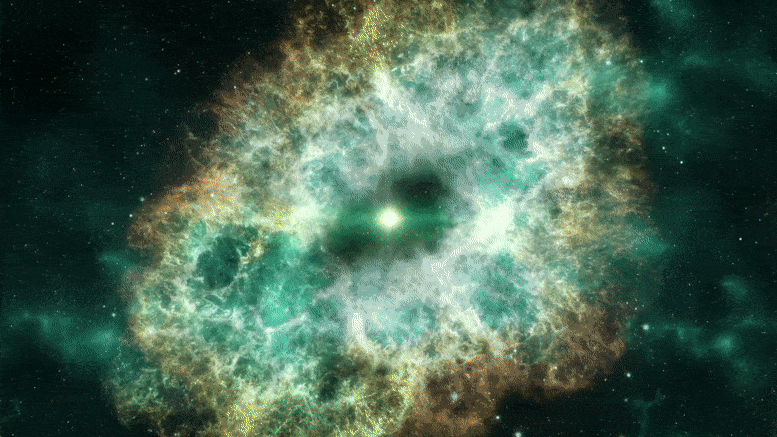A new study that finds more supernova remnants in the Milky Way aims to close the gap between expected and identified remnants. Research using cutting-edge technology and educational support is crucial to understanding our galaxy and advancing STEM education.
A West Virginia University astronomer is looking for debris in the Milky Way left behind by supernovae, powerful explosions that occur when massive stars die.
After a supernova explodes, the material that was part of the star expands outward, forming a shell or “remnant.” According to Loren Anderson, a professor in the Eberly College of Arts and Sciences, studying supernova remnants is “important for understanding the properties and dynamics of our galaxy, but there is a large discrepancy compared to the number of supernova remnants we expect to see.” “The relatively low number we found.”
Approximately 300 to 400 supernova remnants have been found in the Milky Way, but studies of similar galaxies indicate that there are approximately 1000 supernova remnants in this galaxy. Anderson will close this gap with $331,170 in funding from the National Science Foundation. He believes that by the end of his three-year study he will be able to double the number of known supernova remnants.
Challenges and methodology
Detecting supernova remnants requires sensitive data and can be a challenging task. For example, Anderson said, supernova remnants are often confused with much more numerous HII regions, dense clouds of plasma surrounding massive stars.
Working with graduate student Timothy Faerber of Potomac, Maryland, Anderson will use radio wavelength data from the Very Large Array and MeerKAT telescopes to identify candidate supernova remnants by combining machine learning software with old-school visual scanning. This method will allow Anderson to discover new supernova remnants, confirm suspected supernova remnants, and remove misidentified remnants from the catalogue.
“This research is timely,” said Anderson, professor of astronomy and member of WVU’s Center for Gravitational Waves and Cosmology. “The latest MeerKAT data allows the most precise search for supernova remnants, and recent studies have identified hundreds of possible supernova remnants that need to be confirmed. We have begun the initial search on several degrees of GPS data from the MeerKAT telescope, and the results are incredibly promising.”
Also read – Webb telescope discovers exoplanet’s surface may be covered in oceans
He said his methodology is well-suited to detecting supernova remnants in populated parts of the inner galaxy, increasing the likelihood of finding new remnants that have not yet spread or dispersed far. These “young, compact” remnants are particularly valuable to researchers interested in the effects of supernovae on interstellar matter and radiation.
Significance of new findings
Each newly confirmed remains is an opportunity for detailed study, Anderson said. This could make it possible, for example, to reconstruct material from a supernova explosion in three dimensions, or to learn more about what a supernova impact does to other matter in the galaxy.
He added that the project also means finding supernova remnants associated with pulsars. A pulsar is a superdense, rotating core left over after a star explodes as a supernova. Although pulsars and supernova remnants are produced by supernova explosions, they are rarely found together.
Pulsars are important because their precise “pulse” allows them to serve as cosmic clocks for astronomers; This includes Anderson’s colleagues at WVU, who made international headlines in June with the discovery of ripples in space-time, thanks in large part to their study of pulsars. . Source














